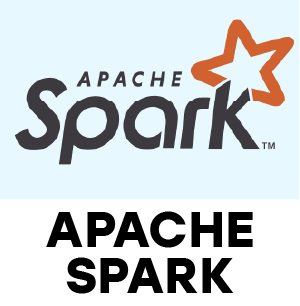Rated #1 Recognized as the No.1 Institute for Data Science Masters Program Training course
Expand your career opportunities with our Data Science Masters Program Training course. This comprehensive training, led by industry experts, equips you with cutting-edge skills in machine learning, deep learning, data analytics, and visualization, enabling you to build scalable and data-driven solutions for business success.
The Data Science Masters Program Course provides hands-on experience with essential tools like Python, R, SQL, TensorFlow, and Power BI, preparing you for real-world applications and projects. Receive personalized mentorship, earn your Data Science Masters Program certification, and take advantage of our dedicated job placement support to secure top roles in this rapidly expanding industry.
- Enhance your expertise with our Data Science Master Program.
- With over 350+ hiring partners and 15,000+ graduates successfully placed.
- Get Data Science Master Program placement support and elevate your professional profile.
- Learning through live projects makes our course the perfect platform to advance your career.
- Our curriculum is designed to meet industry standards, ensuring your job-ready upon completion.
- Join our Data Science Master Program Online Training today to unlock unparalleled career growth.







































